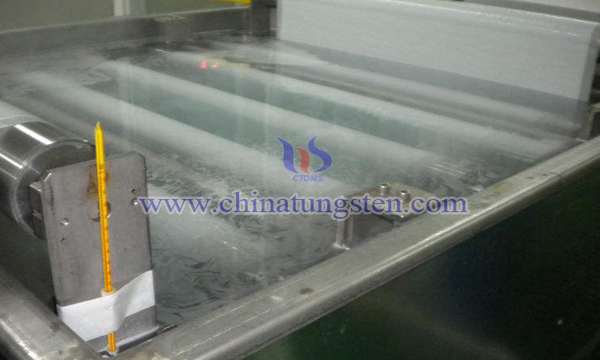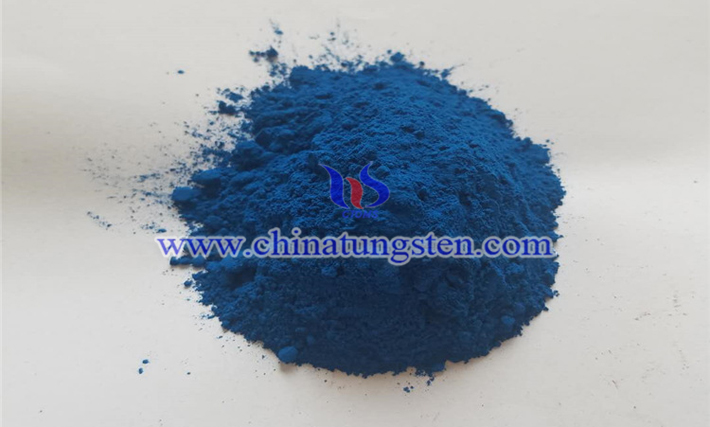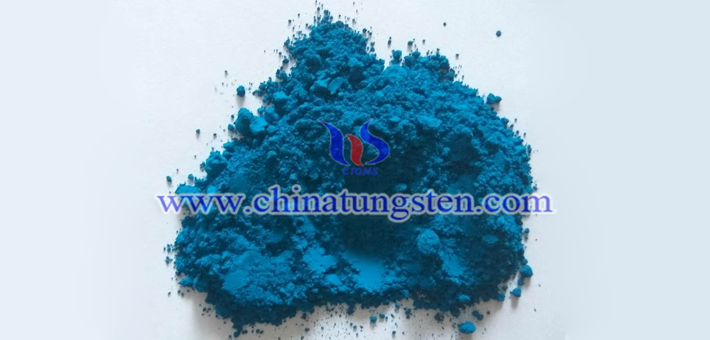Osmotic Reaction Method to Applied Tungsten Carbide Coating
- 詳細
- カテゴリ: Tungsten Information
- 2019年7月15日(月曜)01:56に公開
- 参照数: 2756
Tungsten carbide alloy has special corrosion resistance, high hardness and compressive strength. It is called modern industrial teeth and plays an extremely important role in machinery, metallurgy, precision instruments and military industries.
The direct processing of tungsten carbide cement into parts is costly, and at some point, people only require the surface of the part to have high hardness, wear resistance and corrosion resistance. The base of the part still needs tough material. Therefore, people have chosen one. A surface strengthening process, that is, spraying a layer of tungsten carbide coating on the surface of the base material, can meet the special use requirements of the part.
At present, the preparation method of the tungsten carbide coating is mainly a thermal spraying method, which includes conventional flame spraying, explosive spraying and supersonic flame spraying. When the conventional flame spraying is used, the powder is uniformly heated to a small extent, the flying speed is small, and the powder particles are not sufficiently deformed, so that the obtained tungsten carbide coating is loose in structure, high in porosity, low in hardness, and discrete. The explosive spraying method has the characteristics of low working temperature and fast flying of powder particles. Therefore, the explosive spraying method can obtain tungsten carbide coating with excellent performance, but the explosive spraying equipment has high price, high noise, heavy equipment and large space, and is only suitable for spraying aerospace. Large parts such as engines are not suitable for spraying small parts. When using supersonic flame spraying, the obtained tungsten carbide coating has high compactness, small porosity, high hardness and small dispersion, but the supersonic flame spraying gas consumes a large amount of gas, the spraying price is expensive, and the pollution is serious.

In addition to spraying, there is no way to apply a tungsten coating on the surface of the material. The answer is yes, that is, the osmotic reaction method. That is, a thick tungsten coating is prepared on the surface of the carbon material, and then a tungsten carbide coating is formed by a high temperature diffusion reaction. The preparation of the surface tungsten coating is preferably performed by physical vapor deposition (PVD), chemical vapor deposition (CVD), or dual glow plasma (DGP). The high-temperature heat treatment method utilizes tungsten carbide on the surface of the carbon material, and the tungsten element transitions from the inner surface to the outer surface of the carbon material surface, effectively alleviating the thermal mismatch between the tungsten carbide and the carbon material, and the bonding of the coating and the substrate is very firm.
A method of carburizing tungsten carbide on the surface of a carbon material, comprising the steps of the following sequence:
(1) A 5-10 μm tungsten coating is deposited on the surface of the C/C composite by PVD, CVD, DGP, and the like.
(2) The obtained carbon-based tungsten coating is placed in a heat treatment furnace for high-temperature heat treatment. The heat treatment process is: firstly, the temperature is raised to 1050 to 1150 ° C, the temperature is kept for 1.5 to 2.5 hours, and the temperature is further increased to 1300 to 1400 ° C. After the temperature is kept for 0.5 to 1.5 hours, the furnace is cooled, and the heating rate is about 10 ° C per minute during the above heating process. the following.
(3) The heat-treated material is used as a substrate, and the above process is repeated, and a tungsten coating is continuously deposited on the surface thereof and subjected to high-temperature heat treatment. The number of repetitions is 3 to 5 times, and finally the surface of the carbon material is infiltrated into the tungsten carbide.
The method of heat treatment is used for carburizing tungsten. The process is simple and convenient to operate. The tungsten element completely penetrates into the carbon material and forms a concentration gradient transition, which alleviates the thermal mismatch between the coating and the substrate, improves the adhesion of the coating, and oozes. The tungsten carbide significantly improves the performance of the substrate surface, and the process is suitable for small parts and the cost is controllable.
- Tungsten Carbide Manufacturer & Supplier, Chinatungsten Online: tungsten-carbide.com.cn
- Tungsten News & Prices of China Tungsten Industry Association: www.ctia.com.cn
- Molybdenum News & Price: news.molybdenum.com.cn
- Tel.: 86 592 5129696; Fax: 86 592 5129797; Email: sales@chinatungsten.com




 sales@chinatungsten.com
sales@chinatungsten.com